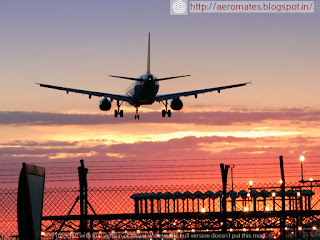Structure of an Airplane

Structure of an Airplane At the end of this block of study, you should be able to: Label the parts of an airplane. Describe the five types of stress which act on an aircraft in flight and give an example of where each applies to an airplane. Describe both truss and semimonocoque types of fuselages. Describe the basic structure of a wing. Explain the structure and function of the empennage. Identify the three types of landing gear. Most aircraft are composed of the fuselage (body), wings, empennage (tail assembly), landing gear, and power plant (see figure 1-1). Locate these parts in the diagram as they are discussed. Sections in this Chapter: Section 1.1 - THE FUSELAGE STRUCTURE Section 1.2 - WINGS Section 1.3 - EMPENNAGE Section 1.4 - LANDING GEAR Section 1.5 - POWER PLANT Section 1.6 - REVIEW EXERCISE Thanks you for showing interest towards learn about Airplanes….You are not a common man n








